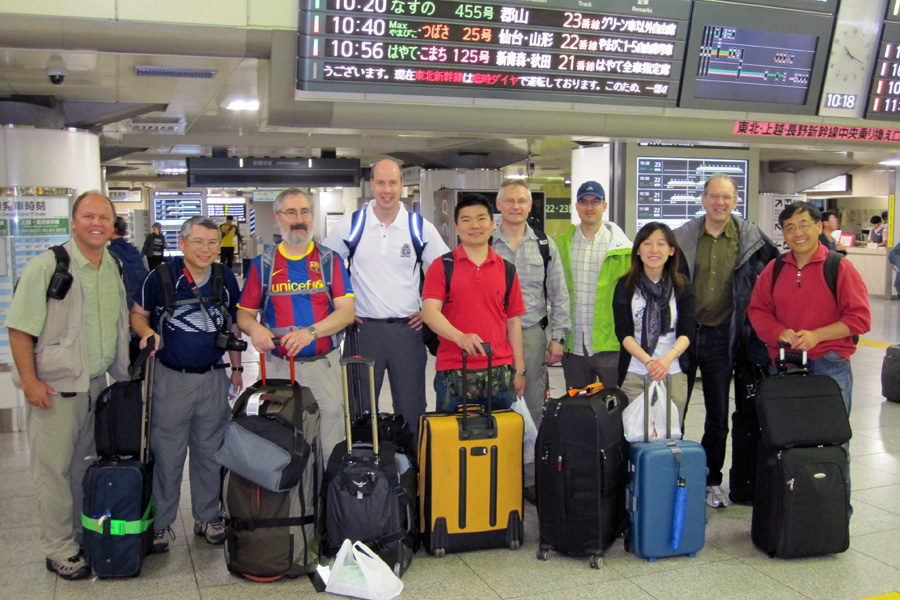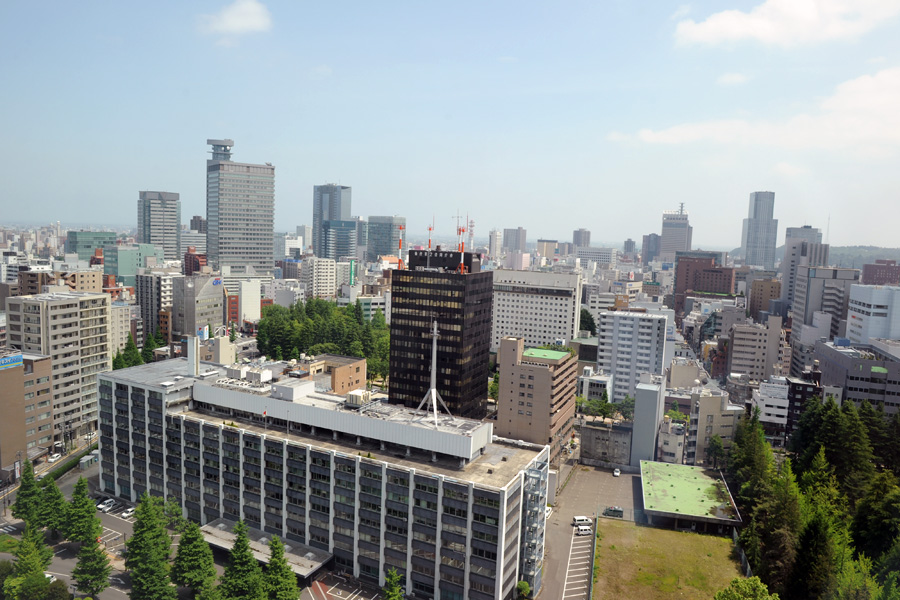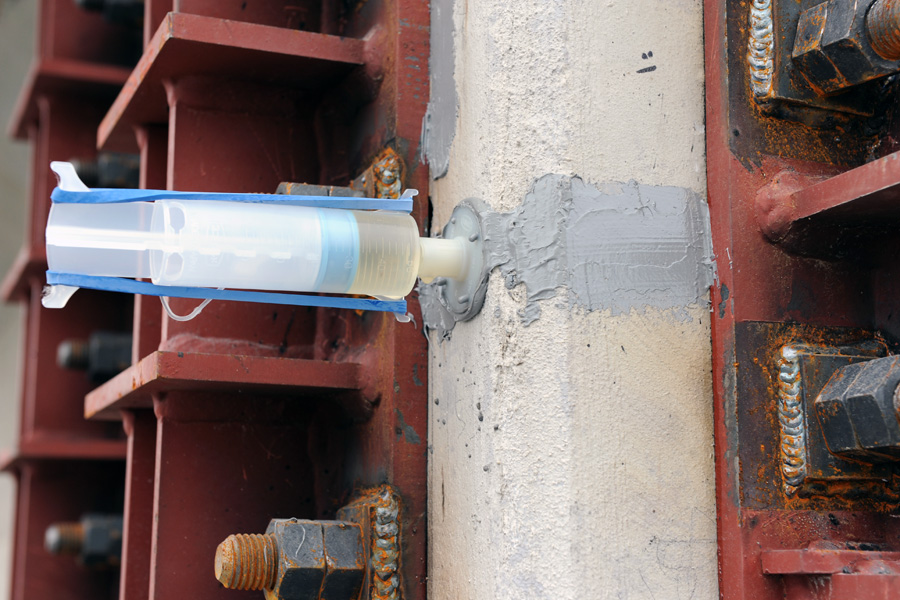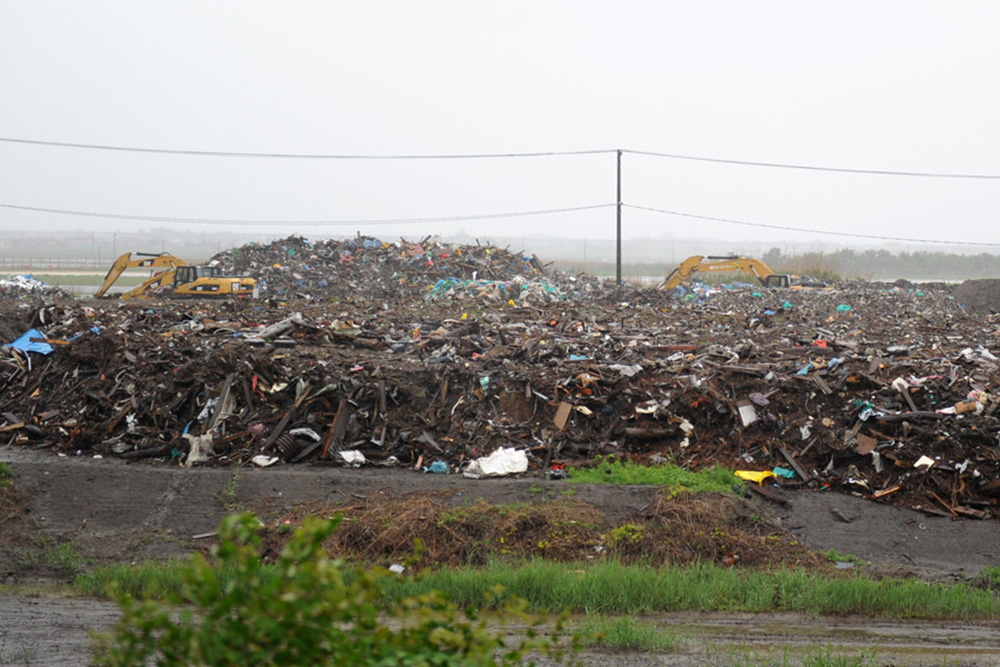Tsunami Debris
Dave Swanson is currently leading a team of structural engineers from the Structural Engineers Association of Washington (SEAW) through Sendai, Japan as part of an earthquake reconnaissance team. The team will study the effects of the Tohoku Earthquake and tsunami on buildings, bridges, ports, and infrastructure. The group will try to learn from this event with an eye toward similarities between the effects of the Tohoku Earthquake and the likely effects of a future earthquake on our Cascadia Subduction Zone (CSZ) here in thePacific Northwest. The CSZ extends from Northern California to Southern British Columbia. Follow the team’s progress as Dave reports back to Reid Middleton throughout the following weeks.
Day 1 – Flight to Narita
Day 1 started out at 8:30 a.m. Seattle time with an email warning from our Japanese host, Noriko Ban, about a Typhoon bearing down on Japan. The forecast showed that the typhoon would not likely hit the Tokyoor Sendairegion until Memorial Day or so. Good news. Wet weather, but good news. Our reconnaissance team headed out of SeaTac Airport to Narita Airport near Tokyo. After a nine-hour flight from wheels up to touchdown, we assemble at Narita to clear customs, buy train passes, and rent cell phones and a Wi-Fi hotspot.

Our team consists of nine engineers from the Seattle area and an engineer/researcher from the Tokyo Institute of Technology. They are: David Swanson of Reid Middleton (Team Leader), Mark Piereperkarz of MRP Engineering (Asst. Team Leader), Andy Taylor and Greg Hess of KPFF Engineers, Paul Brallier of HNTB Corporation, Tom Xia of DCI Engineers, John Siu of the City of Seattle, Doug Lindquist of Hart Crowser, King Chin of GeoEngineers, and Yao Ciu of the Tokyo Institute of Technology. Our host is the Miyagi Prefecture Government.
We have had exceptional assistance and help from the Washington State Department of Commerce, the Port of Seattle, the City of Seattle, and the Port of Tacoma, who all worked to find a suitable Japanese host for our team. Specifically, Noriko Ban, who is the Program Manager for the Japan Office of the Washington State Department of Commerce, worked diligently over the last week setting up site visits and briefings with government officials and researchers. This effort by Noriko was exceptional considering the typically long (one- to two-month) lead time required to set up international collaboration efforts such as this.
Traveling to our hotel, we noticed that many of the bridge structures near the Narita Airport are massive and built to withstand the effects of earthquakes. Typical square columns measure about 5 meters across each face with very large restraints to hold the bridge spans on top of the piers. 5 meter square concrete columns!
Our first day ended 20 hours later at 8:30 p.m. local time (4:30 a.m. Seattle time!) with a team meeting and dinner. After dinner, we rested up for what will be another day of travel to Tokyo and Sendai.
Day 2 – Travel to Sendai
At 7 a.m., we leave our hotel and board the Narita Express train to downtown Tokyo to meet up with Dr. Yao Ciu. Dr. Ciu is a post-doctorate research engineer who will be joining our team for our travel to Sendai. He will be doing some research and testing at the University of Washington (UW) in collaboration with Dr. Charles Roeder starting in the fall of 2011. After joining up with Dr. Ciu in Tokyo, we travel about 250 km northeast on the high-speed Shinkansen (bullet) Train to the City of Sendai. The City of Sendai is a vibrant coastal city and is the largest city in the Miyagi Prefecture with a population of about 1 million people. With the earthquake’s epicenter only 75 km away, Sendai was hit particularly hard by the earthquake and tsunami.

Our team checked in to the Richmond Hotel Sendai—our home for the next six days. The Richmond Hotel Sendai is a newer 10-story hotel with a state-of-the-art base isolation system at its foundation level. The base isolation system is designed to decouple the building from earthquake ground motions to ensure high levels of seismic safety and building performance. Due to this state-of-the-art seismic protection system, the hotel was undamaged in the recent Tohoku Earthquake and makes it one of the safest buildings in the region.
After checking in, our large team broke into two groups. One group investigated high-rise building performance in the city center, while another group walked along the Hirose River to the west of downtown Sendai to investigate bridges, riverfront structures, and geotechnical features. I traveled with the bridge group. Our observations showed limited seismic damage to buildings and bridges in and around the city center.

We ended the day at 7:00 p.m. local time with a team dinner meeting. Tomorrow we will meet with our hosts, the Miyagi Prefecture Government and the City of Sendai.


[…] when they return on Wednesday, June 15. (You can click on these links to read about parts one and two of the trip.) Be sure to check back here at Reid Our Blog for Dave’s continued […]